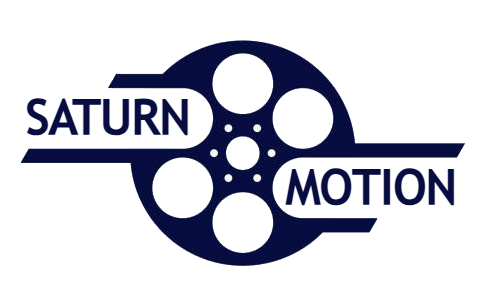Why Social Media Accessibility Matters & How to Improve It
In today’s digital world, social media plays a crucial role in communication, marketing, and brand engagement. However, not all users experience social media in the same way. Over 1 billion people worldwide have a disability, making accessibility a key factor in ensuring inclusive digital experiences. Brands and businesses that prioritize accessibility expand their reach, improve user engagement, and demonstrate social responsibility. Here’s why social media accessibility matters and how you can make your content more inclusive. Contact Saturn Motion to help you create your next video content.
What is Social Media Accessibility?
Social media accessibility refers to designing and optimizing content so that users with disabilities—such as visual, hearing, cognitive, or motor impairments—can fully engage with posts, videos, and interactive features.
Why Social Media Accessibility is Important
- Expands Your Audience – Accessible content ensures that everyone, including users with disabilities, can engage with your brand.
- Improves Engagement & SEO – Platforms like Google and social media algorithms favor accessible content, increasing visibility.
- Enhances Brand Reputation – Prioritizing accessibility showcases your commitment to inclusivity and social responsibility.
- Complies with Legal Standards – Many countries enforce digital accessibility regulations, making it essential for businesses to comply.
Best Practices for Social Media Accessibility
To create a more inclusive online presence, follow these social media accessibility best practices:
1. Use Alt Text for Images
Alternative text (alt text) describes images for users who rely on screen readers. Ensure your alt text is concise yet descriptive, conveying the essential details of the image.
2. Add Captions & Transcripts to Videos
- Closed captions help users with hearing impairments understand your video content.
- Transcripts provide a text version of your video’s dialogue and audio elements, making it accessible for all users.
3. Use High-Contrast Colors
- Ensure sufficient contrast between text and background to improve readability.
- Avoid color-coded information alone—use text labels for clarity.
4. Write Clear & Simple Text
- Keep your language straightforward and easy to understand.
- Use hashtags in CamelCase (e.g., #AccessibleDesign instead of #accessibledesign) to help screen readers interpret them correctly.
5. Make Interactive Content Accessible
- Ensure buttons and links have descriptive labels rather than vague text like “Click here.”
- Test your content with screen readers and keyboard navigation tools to ensure usability.
Social Media Platforms with Accessibility Features
Leading social media platforms offer built-in accessibility tools. Here’s how you can leverage them:
- Instagram & Twitter – Enable alt text for images and use automatic captions for videos.
- Facebook & LinkedIn – Offer AI-generated captions and screen reader-friendly formatting.
- TikTok & YouTube – Provide auto-captions and text-to-speech features for video content.
Final Thoughts
Social media accessibility is not just an option—it’s a necessity. By implementing inclusive practices, brands can create a better user experience for all audiences, improve engagement, and align with digital accessibility standards.
Want to enhance your brand’s accessibility on social media? Contact Saturn Motion for expert digital marketing strategies that prioritize inclusivity!
